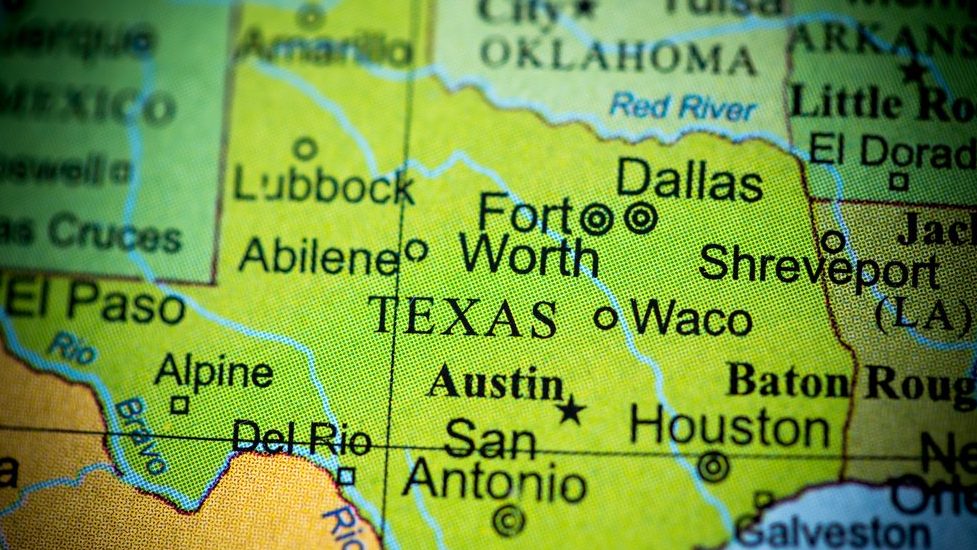Despite Strong Rent Growth, Square Footage is Less Expensive in Texas

Over the past five years, Texas has been a magnet for corporate relocations, venture capital dollars and jobs. That has meant more demand for housing and the opportunity for apartment operators in the five major Texas metros to push rents to all-time highs. In fact, those metros, on average, have seen rents increase faster than the U.S. overall over the past five years. In turn, the average rent per square foot across the five metros increased 25.4% over the past five years, 240 basis points higher than the national increase. Despite impressive growth, rents across the state have remained relatively affordable.
The five major Texas apartment markets offered more square footage for the money, with $1,000 stretching significantly further in the Lone Star State metros than the nation as a whole. San Antonio was the state’s most affordable metro in 1st quarter 2017, with operators charging roughly $1.098 per square foot, whereas Austin was the most expensive metro, averaging roughly $1.465 per square foot. While Austin has been the most expensive Texas metro for several years, San Antonio only recently fell behind Fort Worth as the most affordable metro in the state.
Over the past five years, the average effective rent per square foot in Texas increased roughly 25.4% while the average effective rent rose 26.7%. Fort Worth has seen the most appreciation in the amount that operators can charge per square foot. Over the past five years, the average rent charged per square foot has increased 31.5% in the metro. Whereas a $1,000 lease would accommodate, on average, a 1,144-square-foot apartment five years ago, the average square footage of a $1,000 lease in 1st quarter 2017 was 888. Fort Worth’s performance continued to lead other Texas metros across product classes.
While, on a market level, the average effective rent per square foot increased at a lower rate than total rent, the trend varied by product class. In Class A product, Austin and Dallas saw rent per square foot increase more than overall rents over the past five years. This spread is largely attributable to the large amounts of new, high-priced product delivered to both metros. Conversely, the increase in price per square foot in Fort Worth over the past five years lagged overall rent growth. That phenomenon is attributable to the lack of development over the past five years. That trend was a common theme across lower-tier units in Texas, where aging product has been less impacted by supply.
Despite solid rent growth over the past five years, Texas metros remain affordable relative to the nation. However, such impressive growth is likely unsustainable. While there is still a positive outlook for the five markets, the Texas economy has evolved substantially over the past five years, and will likely have difficulty continuing to expand at the same pace. A boom in development will likely continue to push the average effective rent per square foot up in Class A product, as smaller units are a popular option among developers. Although Fort Worth’s rents increased the most over the past five years, the metro is no longer excluded from the wave of supply coming across the state.






